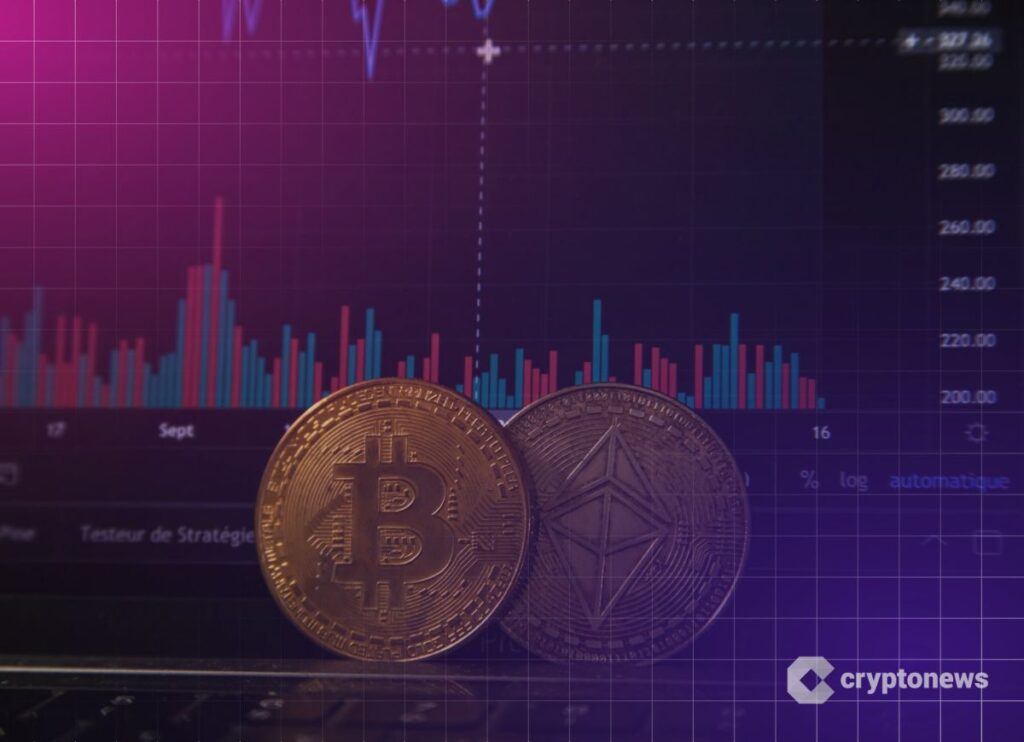Crypto futures margin trading allows large notional exposure with relatively small collateral, but it also introduces the risk of liquidation if margin requirements are not maintained. This guide explains how initial and maintenance margin work, how margin trading differs from loan-based leverage, and which risk management practices help preserve capital in volatile markets.
Understanding Futures Margin Basics
A futures contract is an agreement to buy or sell an asset at a set price on a future date. In crypto futures, margin is posted as collateral rather than borrowed funds. This collateral covers potential losses and protects both the trader and the venue.
For example, posting $1,000 at 20× leverage gives $20,000 in notional exposure. A 5% adverse move would erase the margin entirely, showing how quickly losses can accumulate.
Initial Versus Maintenance Margin
Initial margin is the collateral required to open a position. Maintenance margin is the minimum equity that must be preserved to keep it open. If equity falls below maintenance, liquidation may occur.
Suppose initial margin is set at 5% and maintenance at 3%. A $20,000 position therefore requires $1,000 initially, but must stay above $600 in equity to remain open.
Futures Margin Compared with Loan-Based Trading
Margin in futures is different from borrowing in spot margin markets. Futures margin is a deposit only—there is no loan, no accruing interest, and no repayment schedule. The trade-off is that the posted collateral can be exhausted quickly if the market moves against the position.
Margin Requirements Across Platforms
Each exchange sets its own leverage caps and tiered schedules. Many venues permit high leverage, sometimes up to 50× or beyond depending on asset, size, and volatility. Rates change with market conditions, so checking the current specifications is essential. Kraken, for example, publishes contract information on Kraken Futures and its fee schedule.
Margin Modes: Cross and Isolated
Cross margin pools collateral across multiple positions. This can reduce liquidation risk on one trade but exposes the entire balance if a position deteriorates. Isolated margin confines collateral to a single position, limiting potential losses to the allocated amount while preserving the rest of the account. Traders often use cross margin for core strategies they intend to defend and isolated margin for shorter-term or higher-volatility trades.
Managing Leverage and Position Size
Leverage is calculated as notional value divided by margin. A $2,000 margin deposit at 25× leverage controls $50,000 notional exposure. A 2% move in the underlying asset produces a $1,000 swing in profit or loss – half of the margin.
Because of this amplification, many risk frameworks emphasize limiting exposure to a small fraction of account equity per trade. Moderate leverage in the range of 5× to 10× is often used to preserve buffers above maintenance.
Core Risk Controls
Protective orders are central to disciplined margin trading. Stop-loss and take-profit orders define outcomes before the position is opened. Trailing stops move with favorable price action to preserve profits, and bracket orders combine entry, stop, and target into a single instruction. Relying on manual exits alone can be risky in fast-moving markets.
Liquidation Mechanics
When equity falls to maintenance margin, the venue liquidates part or all of the position to restore account health. Designing positions so that ordinary volatility does not push equity directly to maintenance is an important safeguard.
Monitoring and Variation Margin
Effective monitoring involves tracking equity, margin ratio, and unrealized profit and loss alongside maintenance requirements. Many platforms allow margin or equity alerts to be configured, so traders can add collateral or reduce exposure before a margin call is triggered. Daily settlement of variation margin credits or debits accounts as prices move, making cash buffers useful to absorb fluctuations without breaching thresholds. Kraken provides additional transparency through its Proof-of-Reserves, which demonstrates that liabilities are backed by assets.
Advanced Approaches
Risk management can extend beyond order types and buffers. Hedging with short futures against long spot holdings can offset downside exposure. Diversification across contracts helps reduce concentration risk, while options overlays may limit extreme losses. Correlation management – avoiding positions that move in lockstep – further improves resilience. Automation, whether through APIs or third-party tools, can enforce stop levels and carry out periodic risk checks consistently.
Frequently Asked Questions
How can liquidation be avoided in futures margin trading?
Maintain equity well above the maintenance requirement, use isolated margin for higher-risk trades, and configure alerts to act before the threshold is reached.
What is the difference between cross and isolated margin?
Cross margin shares collateral across positions, providing flexibility but exposing the account as a whole. Isolated margin restricts collateral to a single trade, containing the risk to that allocation.
How does auto-liquidation work?
When equity falls to maintenance margin, the system closes part or all of the position to restore balance.
Can margin alerts be customized?
Yes. Many venues allow notifications for equity, price levels, or margin ratios so action can be taken before a margin call.
What happens to funds after liquidation?
The position is closed, and any remaining collateral after losses and fees remains in the account.
The post The Risk Management Handbook for Crypto Futures Margin Traders appeared first on Cryptonews.


